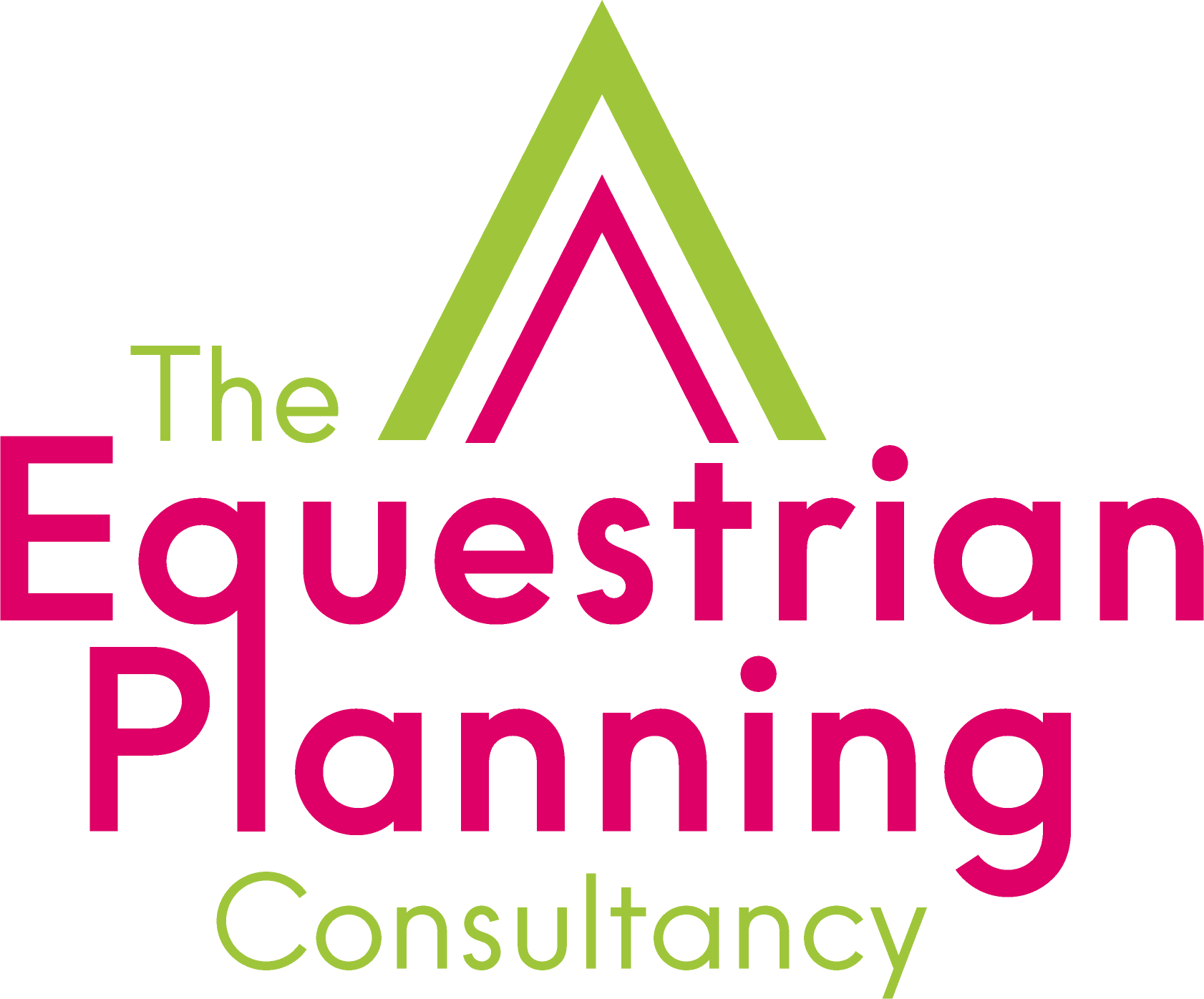From small private stables to large commercial livery yards, equestrian developments can have a notable impact on local habitats and species. Ecology has always been a consideration within planning applications but notably, from Spring 2024, there was a shift to measurable gains to be demonstrated, and managed, as a result of development.
Under the Environment Act 2021, most (and this includes the vast majority of equestrian proposals) planning applications in England must now demonstrate a minimum 10% Biodiversity Net Gain (BNG), measured using Natural England’s statutory metric. For equestrian proposals, where land use changes often involve paddocks, arenas, and access infrastructure, meeting BNG requirements is a critical part of a successful application. Without this – applications will fail – this is a legal requirement beyond standard Local Plan policy.
BNG Requirements
BNG is not just about avoiding harm; it seeks to leave habitats in a measurably better state than before development. Key points include:
• Mandatory 10% uplift in biodiversity value compared to the pre-development baseline.
• Long-term management commitments – gains must be maintained for at least 30 years.
• Use of a recognised metric (currently Biodiversity Metric 4.0) to calculate habitat values.
• Local planning policy – some Councils can, and do, set higher requirements or provide specific guidance for rural and equestrian developments.
Baseline Habitat Survey
Before design work begins, a preliminary ecological appraisal/baseline assessment is essential. This records habitat types present on the site (e.g., improved grassland, hedgerows, scrub, woodland edges), ecological condition of each habitat and any protected or priority species present, such as bats, barn owls, or great crested newts. Protected species are subject to separate legislation as they always have been – this has not changed.
For equestrian schemes, seemingly low-value improved pasture may still hold ecological significance if managed for wildflowers or used by protected species.
Common Equestrian Impacts on Biodiversity
Equestrian facilities and/proposals often involve loss of semi-natural grassland through re-seeding or overgrazing, soil compaction from horse movement and vehicle access, removal or degradation of hedgerows for visibility splays or new entrances, lighting impacts on nocturnal species from stable yard security lights or arena floodlights and runoff and nutrient enrichment affecting nearby watercourses.
These impacts must be addressed in the BNG strategy, with mitigation and enhancement measures integrated into the site design. Evidently some impacts can be similar to that of agricultural uses but, overall, it is important to give ecologists clear information to work from in order to assess the impacts and advise as to how BNG requirements can be best achieved in a manner which is also manageable for the next 30 years.
Designing for Biodiversity Net Gain
The best BNG outcomes come from early integration into the proposal, rather than bolting on measures at the end. Once instructed we immediately instruct ecologist to undertake a baseline assessment/Preliminary Ecological Appraisal to understand the impacts of a proposal and how these can be enhanced as a result of the proposals.
For equestrian applications, potential enhancements (depending on impacts and in accordance with the trading rules) could include:
• Hedgerow creation and enhancement -new native hedgerows around paddocks provide shelter for horses and habitat for wildlife.
• Wildflower margins or conservation grassland within paddocks, designed for resilience to light grazing.
• Tree planting with native species, providing shade and long-term habitat structure.
If the site cannot accommodate the full 10% gain, applicants may deliver off-site habitat creation on land under their control (secured via legal agreement) or purchase BNG credits from registered habitat banks or the Government’s national scheme (as a last resort under the mitigation hierarchy). Local planning authorities generally expect a clear explanation of why on-site delivery is limited or not possible before accepting off-site solutions. The purchase of credits can be very expensive, especially in the context of many personal equestrian proposals.
Securing and Managing the Gains
BNG commitments must be legally secured, usually through planning conditions (on site) or Section 106 agreements (off site). A Habitat Management and Monitoring Plan (HMMP) is generally secured, via a pre-commencement condition, to secure:
• Long-term management actions (e.g., grazing regimes, hedge cutting cycles).
• Monitoring intervals and success criteria.
• Adaptive management procedures if targets aren’t met.
For equestrian facilities, this often means balancing horse welfare and land use needs with habitat maintenance requirements over the required 30 year period. Such requirements could have impact on, for example, the purchase of sites which are subject to planning permissions which secure BNG (on the basis that planning permission, and conditions, run with the land).
BNG within a Planning Application
To meet validation and policy requirements, the planning submission should include a baseline survey results and metric calculations and a clear BNG strategy showing how the 10% gain is achieved. Plans and management documents demonstrating delivery and maintenance over 30 years can be provided at the point of application or as outlined above, secured by condition – but this can delay commencement until details have been approved via a condition discharge application.
Conclusion
BNG is now a central element of equestrian planning proposals and one which we cannot avoid – we can only pragmatically work with applicants, and ecologists, to deliver applications which have the greatest chance of approval, but BNG will (and does) contribute to shaping both site layout and long-term management.
By understanding baseline habitats, predicting and mitigating impacts, and designing enhancements that work alongside equestrian use, applicants can not only meet legal requirements but also create richer, more resilient landscapes for both people and wildlife. We are used to dealing with BNG on all applications that we submit (save for those which are exempt of course!) and will work to give you the required information to make informed decisions that impact the design and delivery of your proposals.
